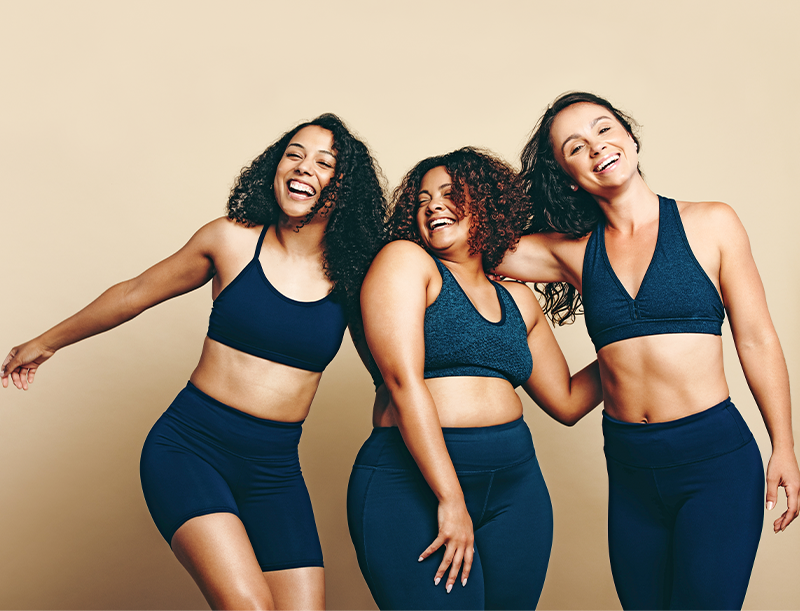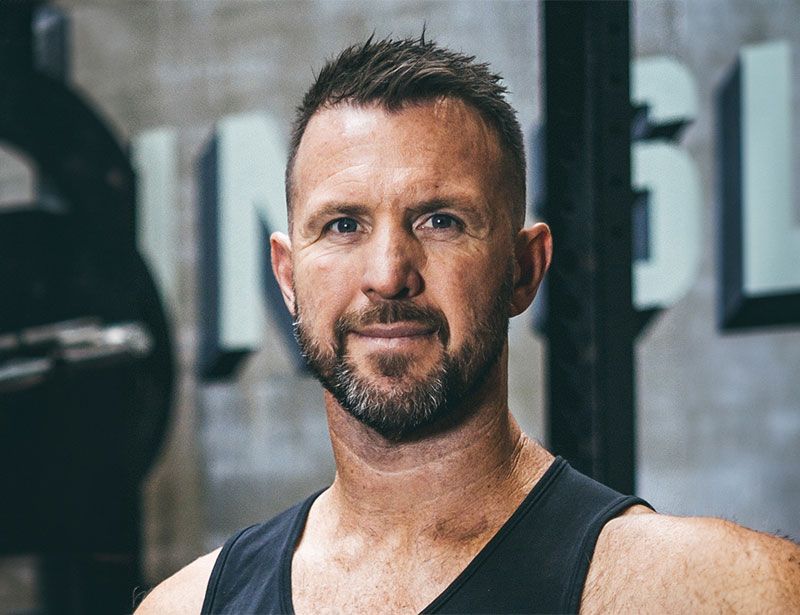Indoor cycling trends, Sustainability
A sustainable agenda
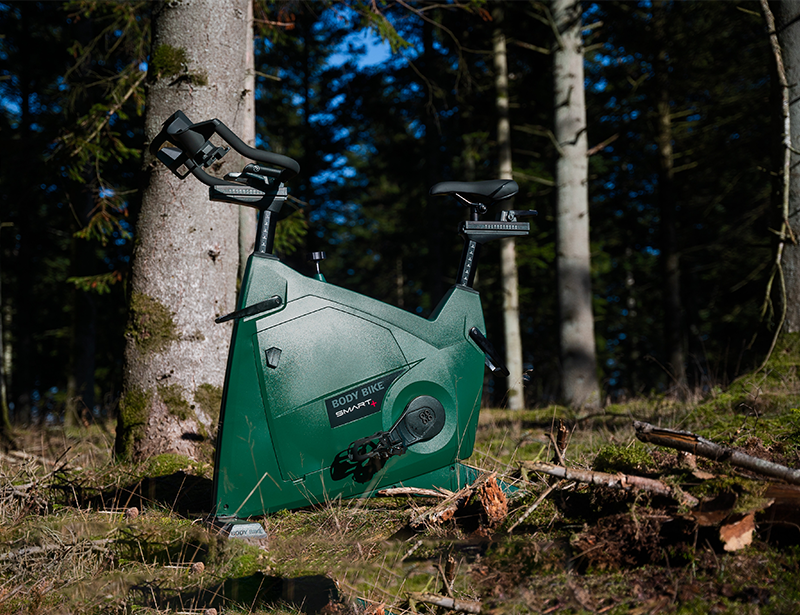
Sustainable gyms
Around the world, we’re seeing fitness facilities tackle the dual challenges of global warming and spiralling energy costs through sustainable initiatives that range from green energy contracts to solar power installations. Our recent supplement – A Global Crisis? – explored this topic in depth.
Specifically in the area of indoor cycling, we’re seeing growing interest in technology that captures the energy riders put through the pedals, turning it into electricity.
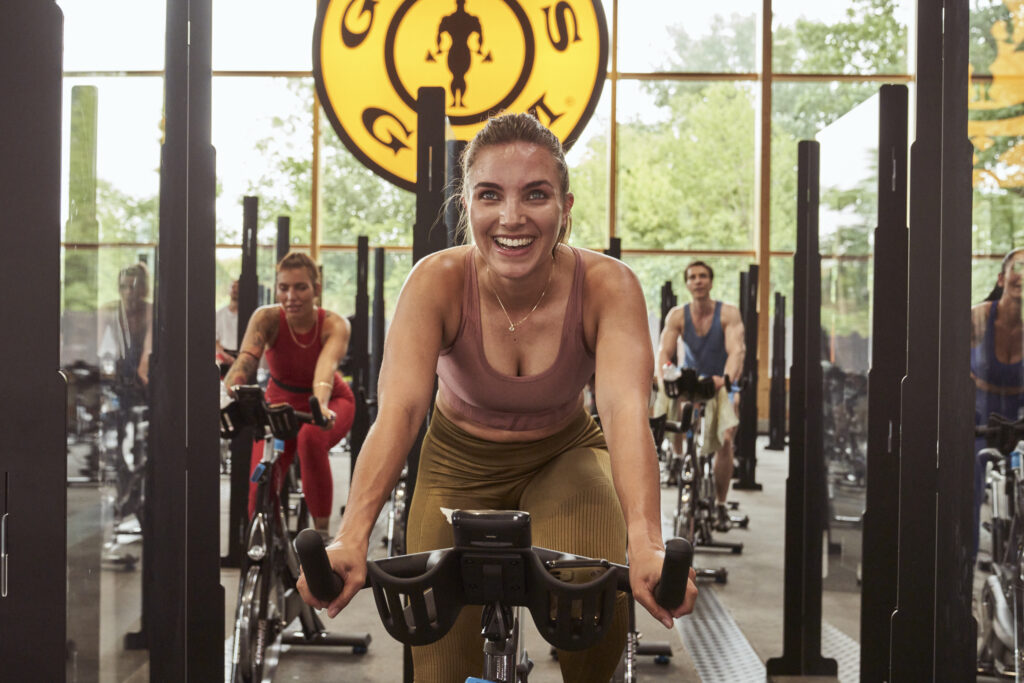
One exciting pilot project is underway at Gold’s Gym Campus Europe in Berlin – an impressive 5,200sq m, CO2- and climate-neutral facility that’s the first gym in Europe to achieve LEED Platinum status. Two years ago, in partnership with the Technical University of Berlin, Gold’s Gym developed cutting-edge technology that it embedded in 150 ‘Boost Bikes’. Not all are currently in use, the quantity scaled back to meet everyday class requirements, but when all 150 are in action, they can generate “enough electricity each month to shave one million men”, says Pierre Geisensetter, head of brand & communications at Gold’s Gym.
In practice, the electricity generated is captured and used within the Gold’s Gym campus, where other trailblazing innovations include 10m-tall trees in the gym’s endurance area that filter out pollutants from the air; extremely hard-wearing floors made from discarded car tyres and cork; a cogeneration unit that runs on biogas; solar panels that harness the sun’s energy; and wall tiles made from recycled computer monitors.
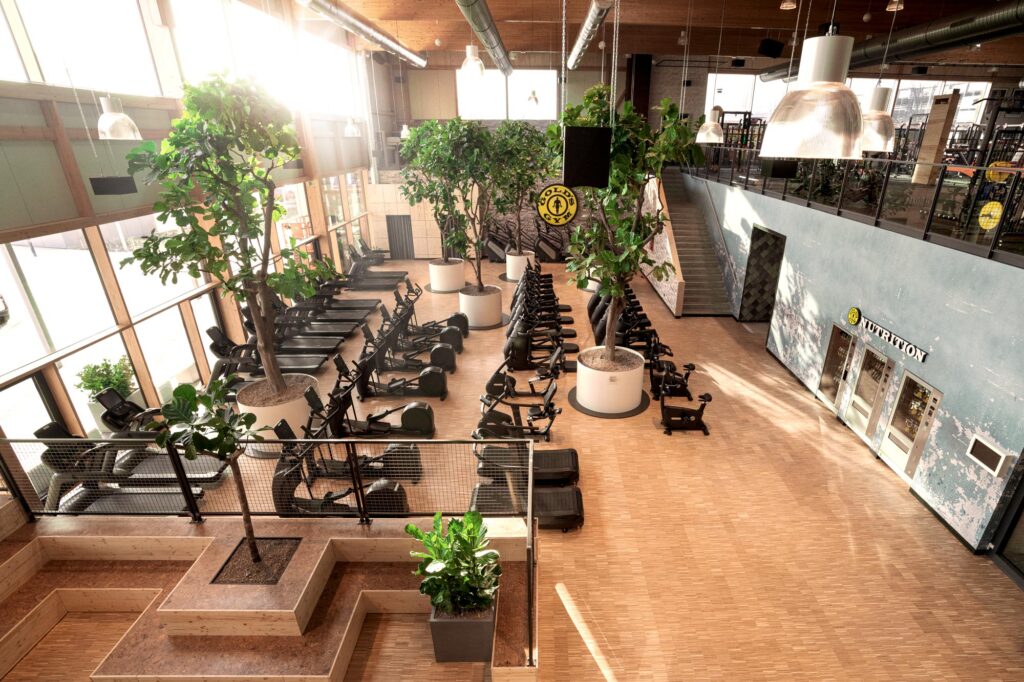
Gold’s Gym isn’t the only operator to be capturing human power from bikes, of course: we’ve previously reported on the commitment of Terra Hale in the UK, while numerous clubs around the world are using SportsArt’s ECO-POWR equipment to convert muscle power into electricity.
The Gold’s Gym project is, however, the largest we’ve come across in this space, and it harnesses proprietary technology. The RSG Group is clearly keeping the innovative, boundary-pushing vision of its late founder Rainer Schaller alive, making this initiative one to certainly keep an eye on.
“Being able to see real-time energy production provides a layer of meaningfulness to breaking a sweat”
Meanwhile, a great ECO-POWR example comes from The Imaginarium in Rochester, NY, US – a 836sq m, Net Zero showcase that includes a gym where 21 pieces of equipment generate 5 per cent of the building’s electricity requirements. The remainder comes from 92 solar panels (60 per cent) and two small wind turbines (35 per cent).
The 17 group cycling bikes, two recumbent bikes and two ellipticals have consoles that display Human Watts and Grid Watts: the former the electricity the user is generating, the latter what’s actually going back to the grid – always slightly lower, as ECO-POWR needs some electricity to operate.
Five per cent may not be a huge number, acknowledge The Imaginarium team, but “it’s a very visual and direct way visitors can contribute to our Net Zero energy goal. Being able to see real-time energy production provides a layer of meaningfulness to breaking a sweat and brings a new understanding to how small changes or shifts in everyday activities can be a part of a larger movement.”
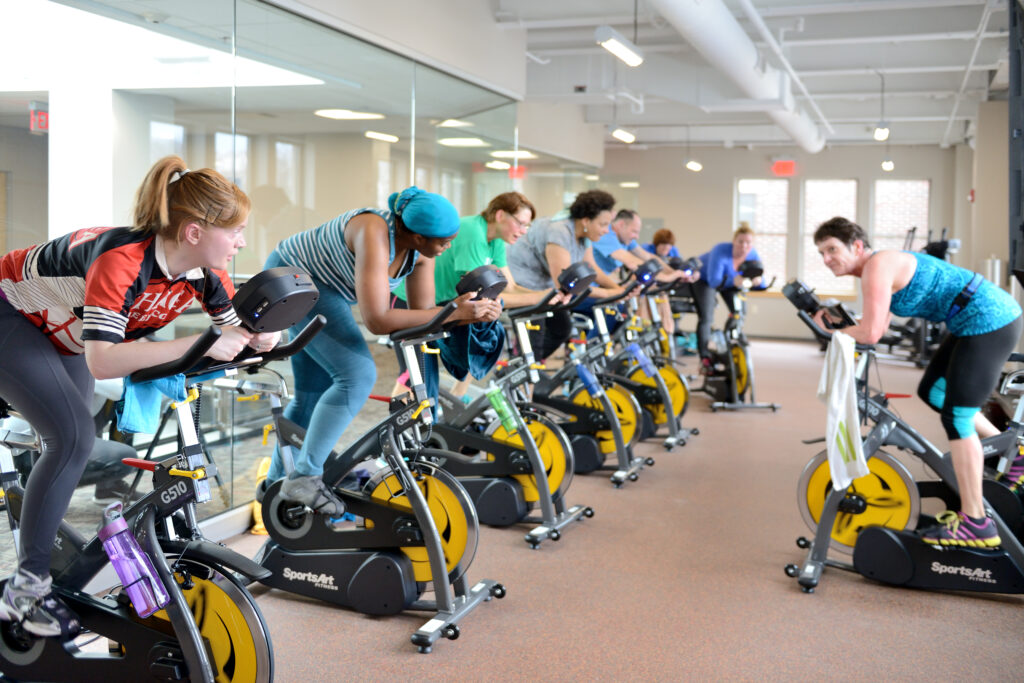
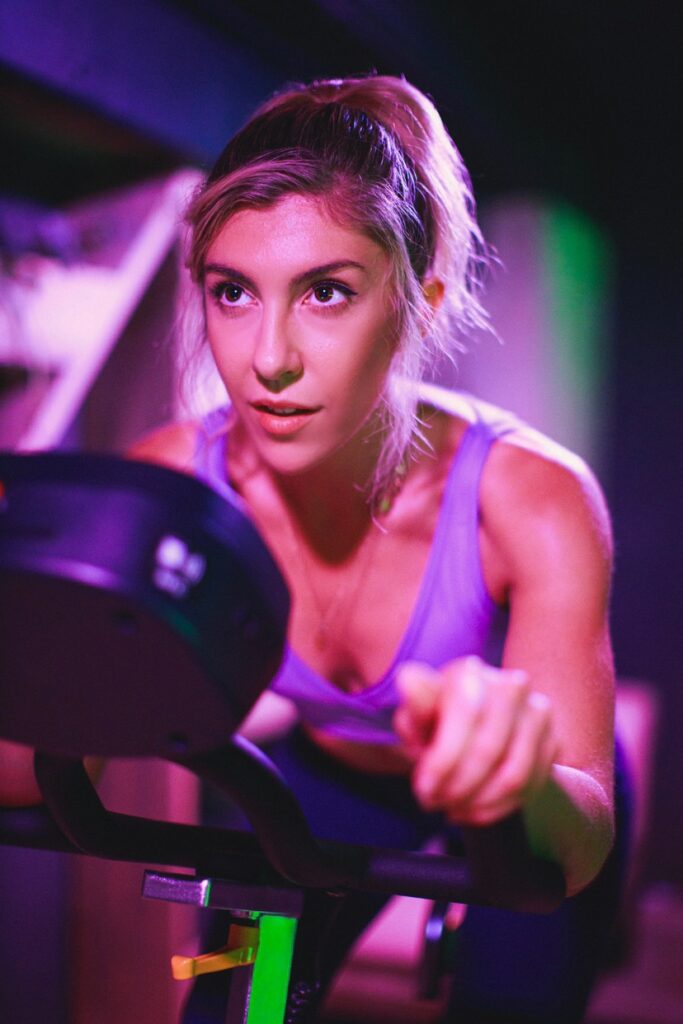
Sustainable manufacturing
“Plastic, and more specifically society’s excessive use of it, is putting our planet under huge pressure,” says Uffe A Olesen, CEO at BODY BIKE International.
“We see garbage islands the size of continents gathering in ocean currents and marine life perishing. Meanwhile, on the land, it’s hard to go anywhere without seeing plastic bags and packaging strewn around the place – a terrible human footprint on the planet.
“It’s an unacceptable situation, but at BODY BIKE we believe that if we all do our small part, we can begin to redress the balance.
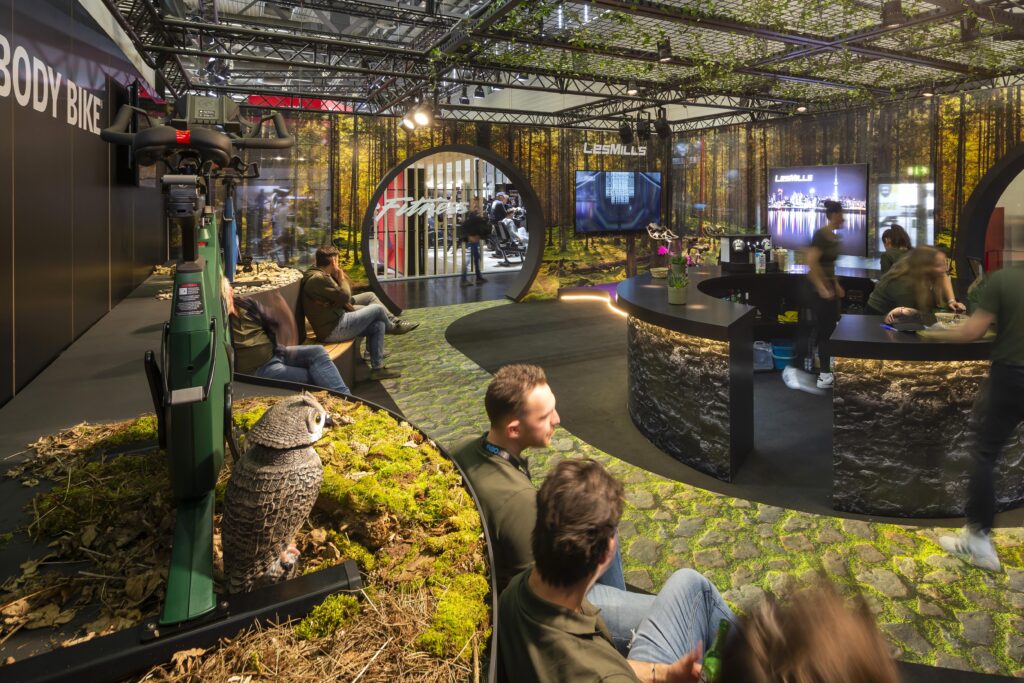
“This is just the beginning for us: we’re determined to set new standards for sustainability in fitness equipment”
“We first put our passion into action when we launched BODY BIKE Smart+ OceanIX in 2019: the first piece of commercial gym equipment in the world to be manufactured using recycled plastic fishing nets. It just felt like the right thing to do, and we did it without any compromise in the quality of the product or the ride experience.
“Available in just one distinctive colour – the ocean blue of the recycled nets – OceanIX has proved very popular, accounting for around 20 per cent of our production. Because it isn’t just a piece of gym equipment. It’s part of a cause, and something that appeals to everyone who wants to do their bit for the planet.
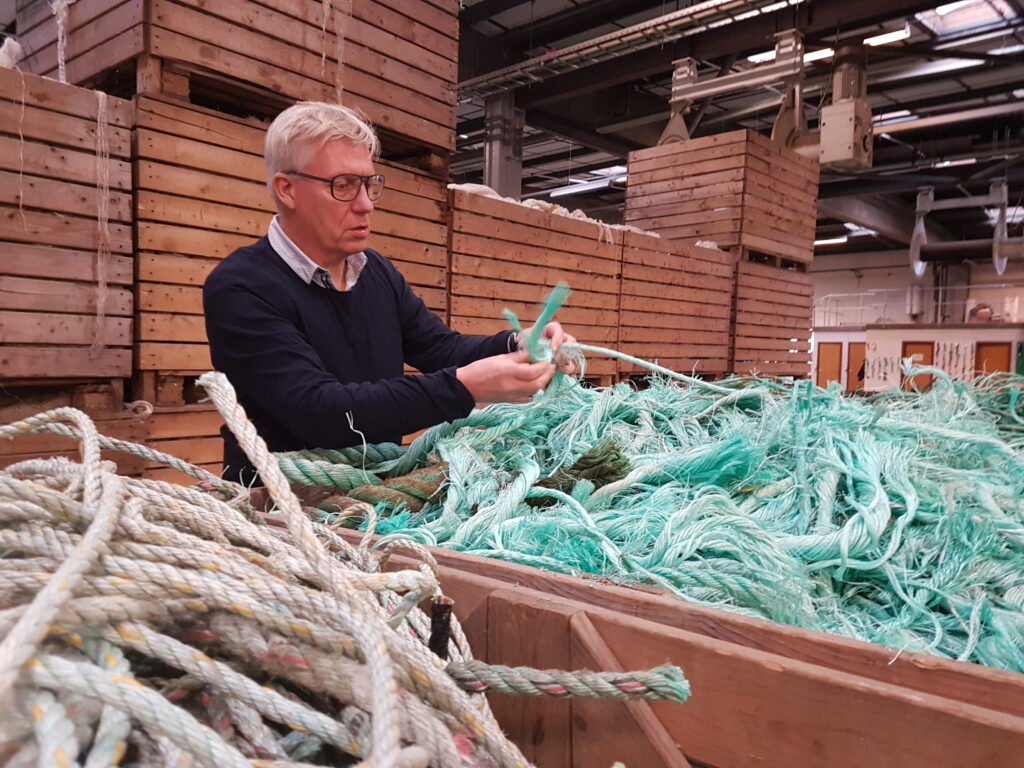
“Off the back of this success, we challenged ourselves to expand our sustainable range and turned our attention to land-based waste. The hunt began for recycled ABS – the strong, stable, highly resistant plastic we already use in the manufacture of our bike covers.
“The result is the new BODY BIKE Smart+ Forest Green, officially launched at FIBO in April. Manufactured using 25 per cent recycled ABS, once again we’ve achieved this without any compromise in the ride experience or product quality and durability. It also looks great: I’ve always wanted to do a bike in the deep green of classic cars, and combined with the black metalwork it delivers a very high-class finish.
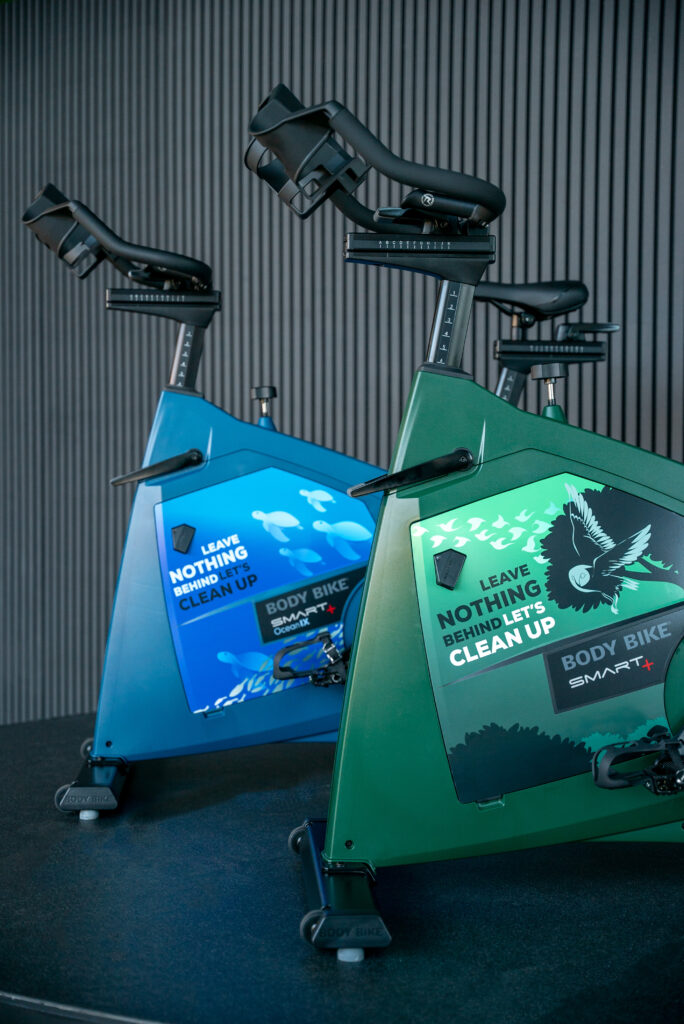
“And this is just the beginning for us: we’re determined to set new standards for sustainability in fitness equipment. So we will keep exploring. We will keep going further in our search for sustainable materials that also support our quality standards.
“These bikes cost more to manufacture – a fact of working with recycled materials – but we price them the same as our other bikes. We don’t want to put any obstacles in the way of people making sustainable decisions.
“Our goal is now to bring all our existing models of BODY BIKE in line with these new sustainability standards within the next two years, incorporating a minimum of 25 per cent recycled ABS in the manufacture of every model and every one of our 10 case colours. I see this as my personal mission.”
Sustainable sportswear
“People talk about organic cotton and clothing made from recycled plastic, but I’m afraid this is greenwashing that avoids the fundamental truth,” says Troels Vest Jensen, CMO at Danish sportswear specialist Fusion. “Textiles are not sustainable, meaning the fashion industry’s biggest problem is over-consumption.”
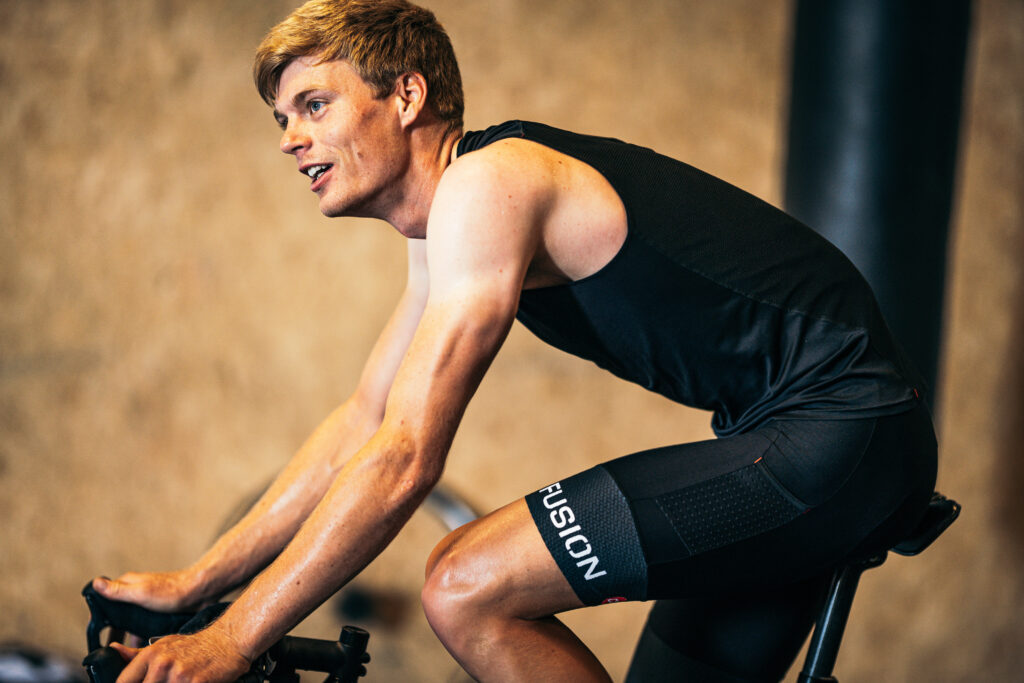
“Textiles are not sustainable, so it matters how long you use a product. You also shouldn’t produce more than you can sell.”
He continues: “Our approach to sustainability is therefore based on two vital factors. First, it matters how long you use a product. Second, you shouldn’t produce more than you can sell.
“In Denmark, the average organic cotton T-shirt is worn just seven times before it’s discarded, but it takes 1,500 litres of water to create that T-shirt. How is that sustainable? The Danish Consumer Council also found CO2 from production could be reduced by 44 per cent if all clothing were worn twice as much.
“Meanwhile, many retailers pre-order cheap clothes in bulk from China, based on little more than educated guesses as to what consumers might want to purchase by the time the stock arrives months later. They end up with the wrong items, and too many of them, so have to discount to get rid of it all. Some even burn it.
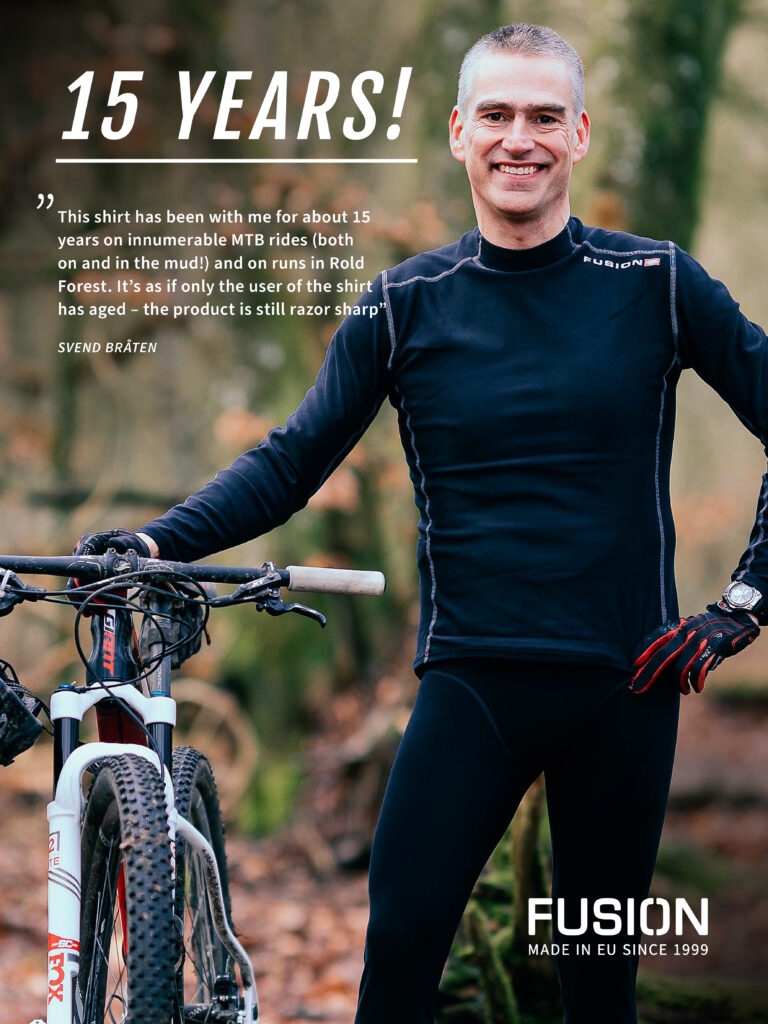
“Fusion does things differently. We’re based in Denmark, manufacture in Lithuania in small batches – we receive new product twice a week – and ship only to countries where we can deliver within two to three days. It means the retailers we work with always have exactly the stock they need to meet current demand: they order one week only what they know will sell the next. There’s no wastage.
“Not only that, but our sportswear isn’t about fashion. It’s about timeless design, comfort, functionality and durability, both in terms of manufacturing quality (for more information, please see Clothing for when it matters) and what we call emotional durability.
“We’re trying to shift people’s thinking around sustainability by encouraging them to feel proud about wearing old clothing. We’re certainly proud when we see our elite athletes competing in five-year-old Fusion sportswear, while our advertising shows people still training in 15-year-old Fusion wear. Our products are that good. They’re built to last. We aren’t interested in bringing out new colours each season to push people to purchase the latest look.
“This is what ‘sustainable’ really means in the world of textiles, and our processes and products are designed to deliver it.”
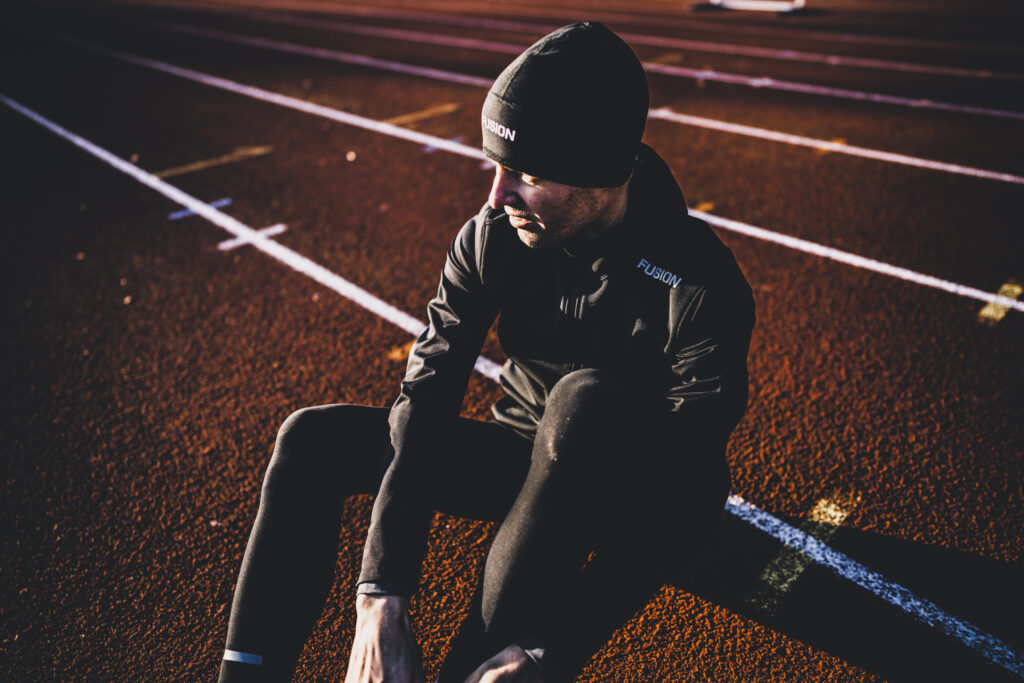
Video

Conceived, powered and funded by BODY BIKE®, RIDE HIGH has a simple mission: to celebrate and champion the very best of indoor cycling, sharing ideas, stories and experiences from around the world to inspire the sector on to even bigger and better things. Subscribe for free by leaving your details below and we'll send indoor cycling's hottest news direct to your inbox three times a year.

